Fimo Professional - The All In One Polymer Clay
Introduction
Fimo Professional is a
well-known European brand of polymer clay well-loved by polymer clayers worldwide. It's one of the best all round clays and my top recommendation for beginners. In this article I’ll be going
through the things I love about it and what makes it such a great choice.
As with any other polymer clay brand, this clay does have some drawbacks, so be sure to also have a look at my article: Is Fimo Professional Perfect? to make sure you have the whole picture.
Click here for a bullet point summary...
Fimo’s pure Primaries
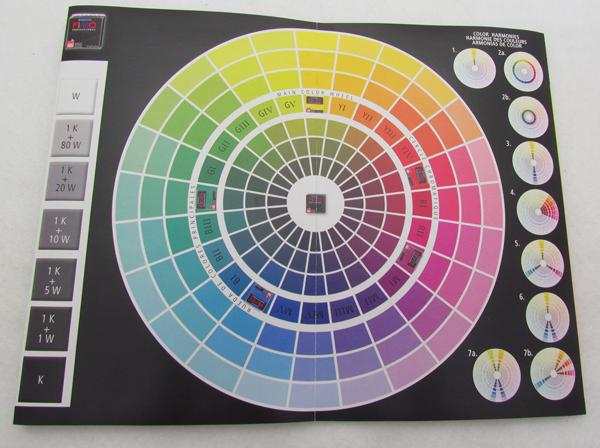 Fimo's Color Mixing Chart
Fimo's Color Mixing ChartOne of the great things about Fimo Professional is that it is one of the few brands with pure primary colors. This makes color mixing easy. You can mix up any shade you want. Just mix different amounts of any two primaries together to produce the entire color wheel. Add some white or black to make shades and hues. As long as you don't add in a third primary, your colors will always be bright with no sign of the muddiness that often results from mixing other brands such as Premo and Souffle.
I recommend starting out with the Fimo Professional true colors six-pack. It contains a block of white, as well as, one each of true blue, true green, true yellow, true red and true magenta. Along with this you will receive the color mixing chart pictured here. It unfolds to reveal over 170 color-mixing recipes that you can mix just with these colors. You can buy black separately and add to any of the colors to create a slightly muted shade.
 Fimo's Color Mixing Chart
Fimo's Color Mixing ChartFor those of you that have read about the drawbacks of Kato polymer clay you’ll know that I don't recommend using Kato’s spectral colors straight from the packet. This is due to the high translucency of Kato, which gives the pure colors a cheap, plastic look when they're baked. Thankfully, with Fimo clay, this isn’t an issue. All of the colors are safe to use straight from the packet.
Fimo Professional's Wide range of colors
One thing that
separates this clay from practically all the other polymer clay brands
is that the range includes both pure and pre-mixed colors. This means you can choose to mix your own colors, using the pure primaries, or just use the pre-mixed ones straight from the packet.
There is a fairly wide range of pastel colors plus the pearls, translucents and micas of the Effects brand. The range is not as wide as Premo's, so you may still need to mix some of your own colors, but it is fairly substantial.
Virtually No Color shift
Another bonus is that there is very little color change after baking. With many polymer clay brands your blues will come out more green than you expected and that lovely
purple you used will come out looking more like pink. With Fimo Professional, you can be assured
that the colors you have mixed will be just the way you want them after your project has been baked.
Fimo Professional is the best all around clay
Are you looking for
a clay that’s useful for everything? Well Fimo Professional is about as close as you’re going to get. But it's also one of the
strangest clays I’ve ever come across. It’s hard and crumbly when
you first take it out of the packet. You’d never expect it to be any good to work
with. But with a bit of hammer bashing and a good old condition through the
pasta machine, it takes on this wonderfully silky texture.
Getting it conditioned can be a bit of a hassle but
it’s well worth the effort. See my Clay Conditioning Tutorial for tips to make the conditioning process easier. The conditioned clay has a great consistency. Not too firm, but not too sticky. It can be
used in canes with good results. At the same time it's great for
sculpting and mixed media projects.
It’s not the best clay for canes (Kato is better) and it is not the best for sculpting (Premo is better) but it does a pretty good job of both which cannot be said for Kato or Premo. It’s a
great clay for beginners to start with. You can use it to try out and learn the widest range of techniques and then add Kato, or Premo in later when you've decided which techniques suit you best.
Perfect for all weathers
As I said above, this clay has a wonderful texture. Not only will it allow almost any polymer
clay technique, but it will also work in almost any climate. This cannot be said for most other brands. For instance, Kato does well in hot
weather while Premo works best in cold weather. Swap the two around and you’ve
got a problem. Not with Fimo though.
It seems to keep a fairly consistent
texture in any weather. Granted it will get sticky in really hot weather, but
not as quickly as Premo would. And yes, it is harder to work with in cold weather,
but not to the same degree as Kato.
So again, if you’re looking for a good
all round clay, this is the brand for you.
Fimo Professional has strength
Fimo Professional
is another one of those strong, durable polymer clays. It may not be quite as strong as
Kato, but so long as you’re baking it correctly and aren’t making it paper thin,
it’s got plenty of muscle. (Unlike some other brands of polymer clay like sculpey
3). So if you’re looking to make jewelry with delicate components, or something that may be exposed to wear and
tear, this polymer clay will do just fine.
Fimo’s liquid clay
Another
bonus with Fimo polymer clay as a whole is the fact that it’s got a wonderful liquid clay.
It’s the most translucent liquid clay available at the time of writing and works wonderfully in a range
of different techniques from translucent layering to faux sea glass. Be sure to check it out.
in summary...
So in summary, here are the things that make Fimo a great clay for beginners and professionals alike:
- Fimo Professional has a range of premixed colors, as well as, the pure primaries which are great for color mixing.
- All of the colors can be used straight from the packet.
- There’s practically no color shift between the baked and unbaked clay.
- It’s the best all round clay as it can handle just about any technique you throw at it.
- It has a great texture once conditioned; not sticky and not too firm.
- It handles changes in weather better than other brands of polymer clay.
- It’s a strong clay, perfect for delicate jewelry components.
- Fimo’s liquid clay is one of the most translucent liquid clays on the market.
A Versatile Favorite
Fimo is one of my favorite
polymer clay brands as it’s just so versatile. I highly recommend it for
beginners as it’s not too hard, but not too soft either and will allow you to
try out anything your heart desires. Just be aware, that as with any polymer clay brand, it does have its downsides.
If you're not sure, have a look at my article: Which Polymer Clay is Best? where I compare the main polymer clay brands side by side.
If you still have questions, leave me a comment below and I'll try to help out. And as always, please like and share. The bigger our community, the more we can learn from one another.
articles in this series
- Which Is the Best Polymer Clay Brand?
- Kato Review: Video
- 14 Things I Love About Kato Polymer Clay
- Simple Solutions to Kato Polyclays Problems
- Premo Review: Video
- Why Premo Clay is Deserving of Its Sparkly Reputation
- Painless Solutions to Premo Polymer Clay's Flaws
- Fimo Professional - The All In One Polymer Clay
- Is Fimo Professional Polymer Clay Perfect?
- Sculpey III Review: Video
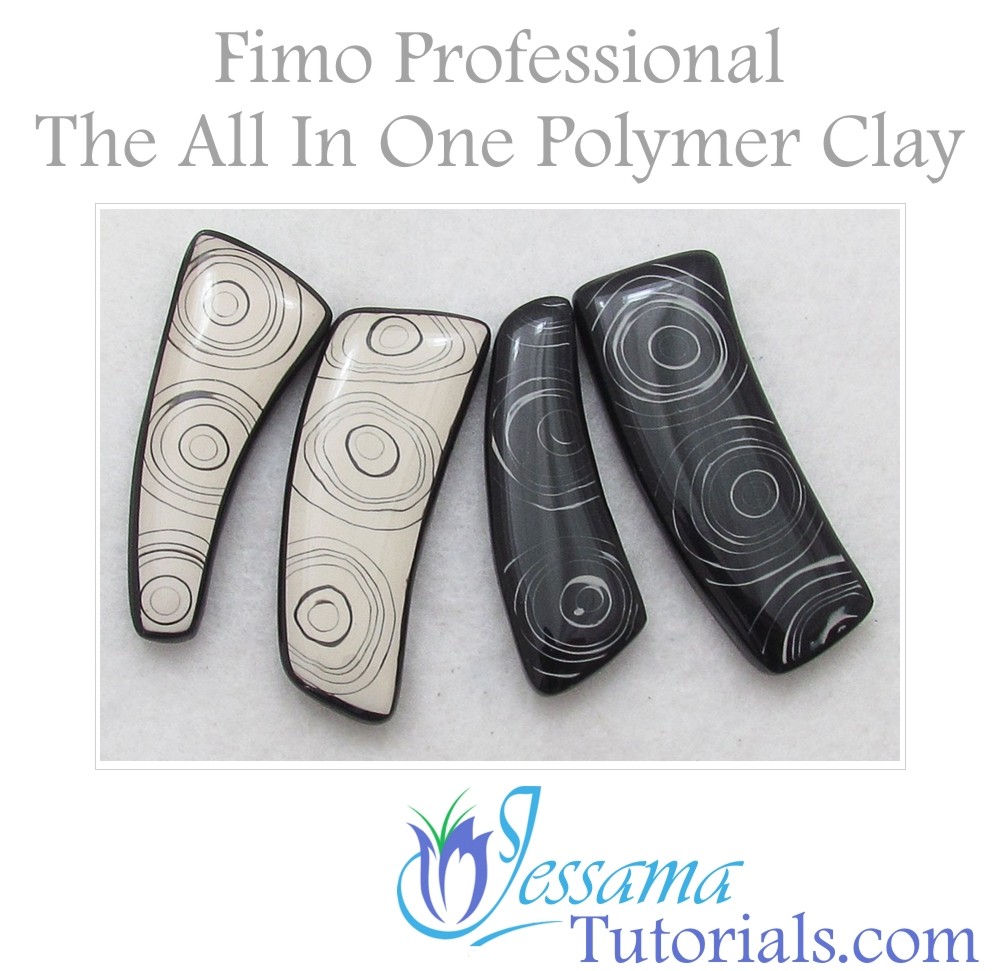
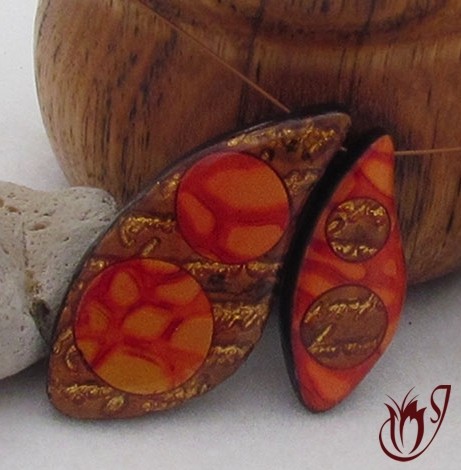
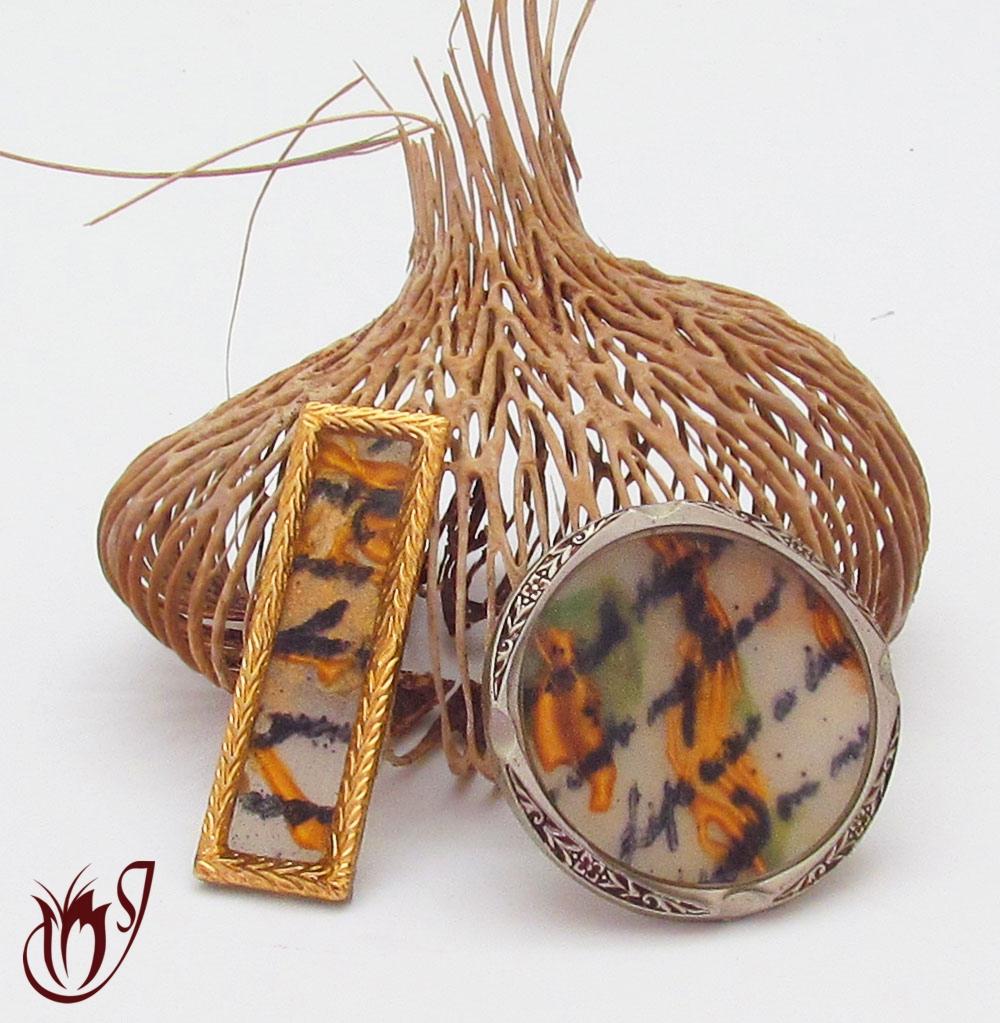
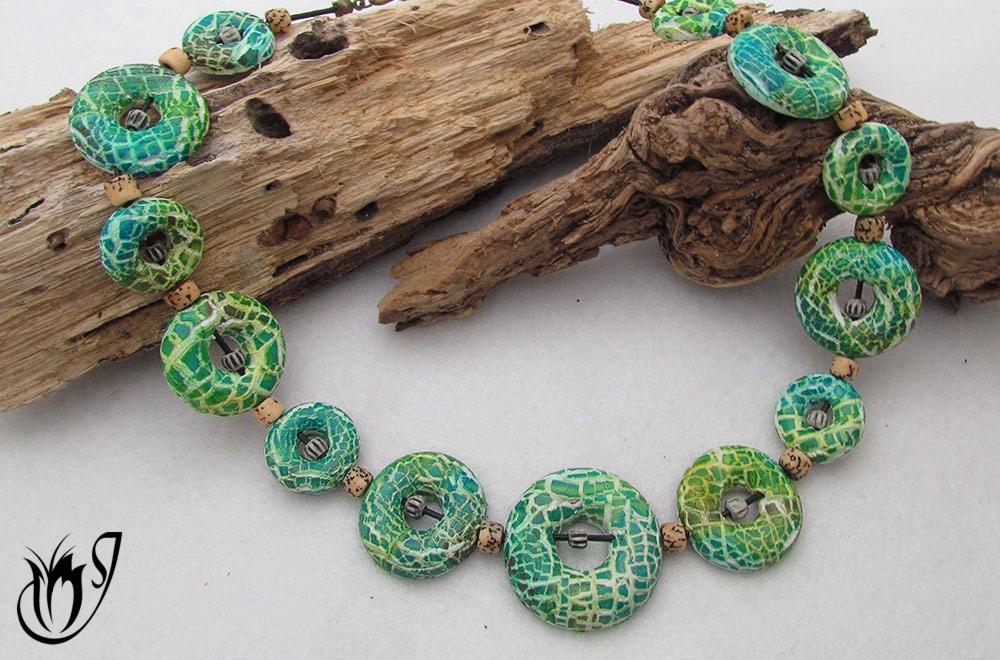
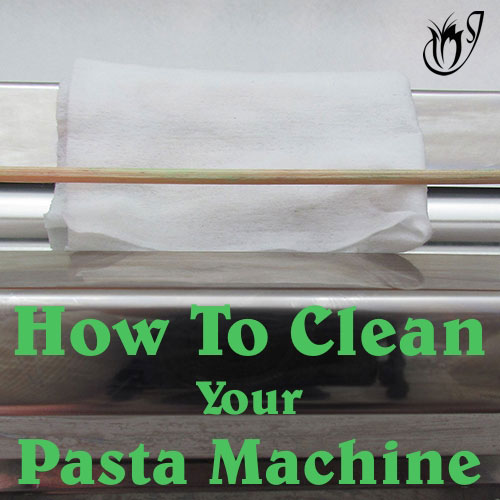

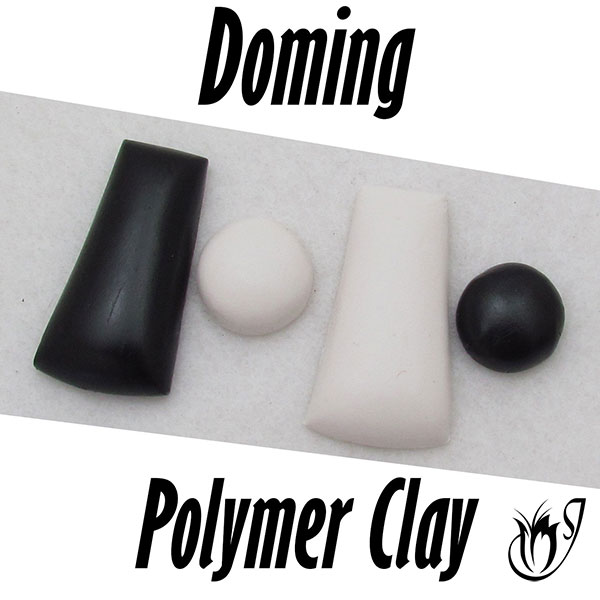
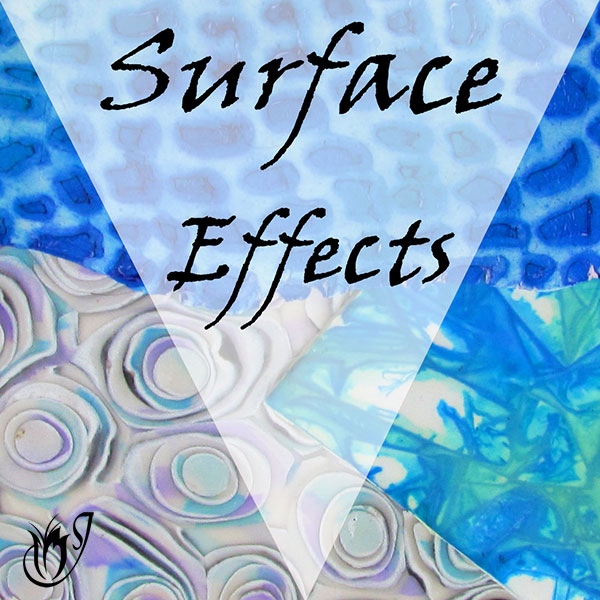











Please leave your comments below: